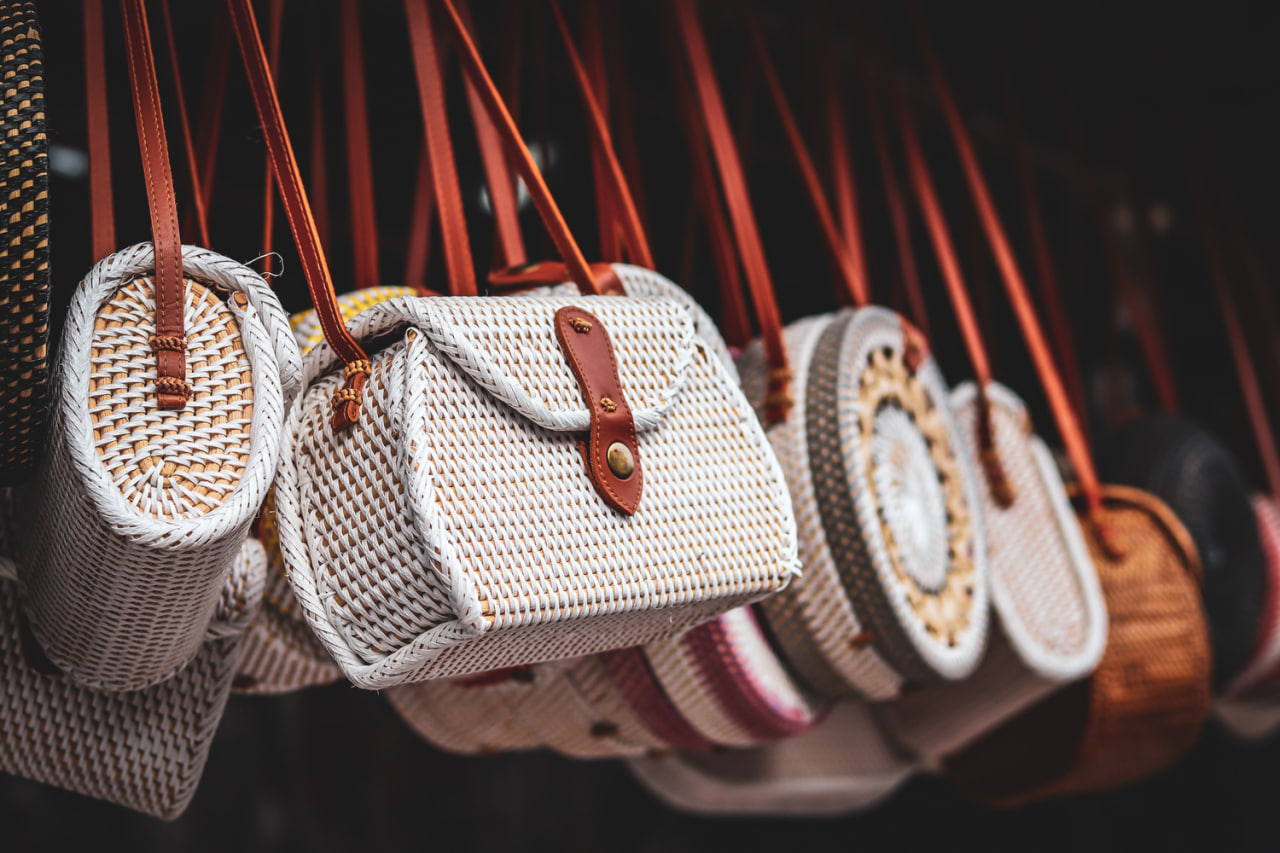Choosing the Perfect Leather for Your Handmade Bags: Tips and Tricks
Leather is one of the most cherished materials in handcrafted bag making. Its durability, texture, and natural beauty make it a favorite among artisans and consumers alike. However, not all leathers are created equal, and choosing the right type of leather for your handmade bag is essential to ensuring quality, longevity, and style. This blog will guide you through the different types of leather, their characteristics, and key tips to help you select the perfect leather for your next project.
Understanding Different Types of Leather
When it comes to leather, there are several types commonly used in bag making. Knowing the differences between them will help you make informed decisions.
Full-Grain Leather
Full-grain leather is the highest quality leather available. It retains the natural grain of the animal hide, including all the imperfections and markings. This type of leather develops a beautiful patina over time, enhancing its character and appearance. It is highly durable and resistant to wear, making it ideal for bags meant to last a lifetime.
Top-Grain Leather
Top-grain leather is slightly processed to remove imperfections, making it smoother than full-grain leather. While it is still strong and durable, it doesn’t develop the same rich patina as full-grain. It is easier to work with and often more affordable, making it a popular choice for high-quality handmade bags.
Genuine Leather
Genuine leather refers to lower layers of the hide that have been heavily processed and treated. It tends to be thinner, less durable, and less attractive compared to full- or top-grain leather. While it can be used for budget-friendly bags, genuine leather is not recommended for premium handmade bags where quality matters most.
Suede and Nubuck
Suede is made from the underside of the animal hide and has a soft, fuzzy texture. Nubuck is similar but made from the outer side that’s been sanded to create a velvet-like surface. Both are beautiful but less resistant to water and stains, so they require careful maintenance.
Factors to Consider When Choosing Leather
Selecting the perfect leather goes beyond just choosing a type. Here are important factors to consider:
Durability
Think about the bag’s purpose. For everyday bags, you want leather that stands up to daily wear and tear. Full-grain and top-grain leathers are excellent for this. Suede and nubuck offer style but require more delicate care.
Texture and Appearance
Leather comes in many textures, from smooth and polished to rugged and pebbled. Consider the aesthetic you want to achieve and how the texture complements your bag’s design. Also, keep in mind that natural markings add authenticity and uniqueness.
Thickness and Weight
Leather thickness affects the bag’s structure and feel. Thicker leather provides sturdiness and shape but can be harder to sew and manipulate. Thinner leather is more flexible but may not hold shape as well. Choose thickness based on the bag style and your skill level.
Color and Finish
Leather is available in a range of natural and dyed colors. Vegetable-tanned leather tends to have warm, earthy tones, while chrome-tanned leather offers a wider color variety. Finishes can be matte, glossy, or distressed, so select according to your design vision.
Tips for Working with Leather
Once you’ve chosen your leather, here are some tips to ensure the best results in your handmade bags:
- Test Small Pieces First: Always practice stitching and finishing on scraps before working on your main pieces. This helps you understand how the leather behaves.
- Use the Right Tools: Sharp needles, quality thread, and proper cutting tools are essential for clean, professional results.
- Condition Your Leather: Keep leather supple and protected by applying conditioners designed for the specific type you’re using.
- Store Properly: Protect unused leather from excessive heat, moisture, and direct sunlight to preserve its quality.
- Embrace Imperfections: Natural markings and variations add character and authenticity to your bags — don’t try to eliminate every flaw.

